|
Soldier Boy
Chapter Notes
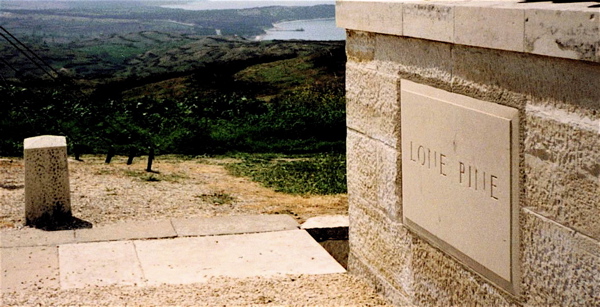
Read these Chapter Notes with the Soldier Boy References
Chapter 1. The Glenart Castle
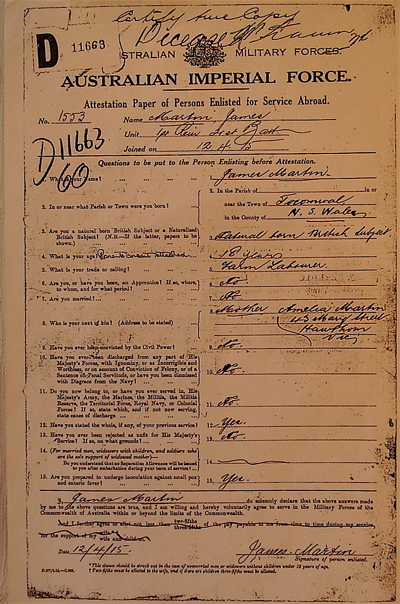
The description of Jim’s death is based on the letter from Matron Reddock, see Appendix 1 in Soldier Boy.
The file on Mrs Frances Hope Logie Reddock is at the Public Records Office, London WO 399 6903. Her surname is clearly marked ‘Reddock’. She was posted as Matron to the hospital ship Glenart Castle on 23 August 1915, but her contract with Queen Alexandra’s Imperial Military Nursing Service (QAIMNS) was terminated from 28 September 1916.
Jim Martin’s casualty form is among his service papers at the National Archives of Australia, which also record that Reverend Barker conducted the burial at sea (AIF No 1553, Martin, James, 21st Battalion, joined 12 April 1915).
Jim’s personal effects are now at the Australian War Memorial (see Photograph in Soldier Boy).
Chapter 2. Tocumwal
The letter dated 16 November 1915, confirming the details of Jim death, is in his service papers.
Details of Charlie Martin’s background are from his death certificate (No 9331, Vic. 24 October 1933). Family birth, marriage and death certificates describe him as a grocer or labourer of Tocumwal, and Bruton Street is the only address given (in Mary’s birth certificate No 34864, NSW) in 1903, when the Commonwealth Electoral Roll puts his occupation as a groom. The main general stores at Tocumwal all had livery stables (see photograph in Soldier Boy). The details of Frances Park, Mary and Arthur Pigot are from their marriage and death certificates, the 1903 Commonwealth Electoral Roll and James Martin’s Baptism certificate.
Descriptions of Tocumwal are based on the Back to Tocumwal Centenary 1857-1957, celebration booklet.
Chapter 3. Glenferrie School
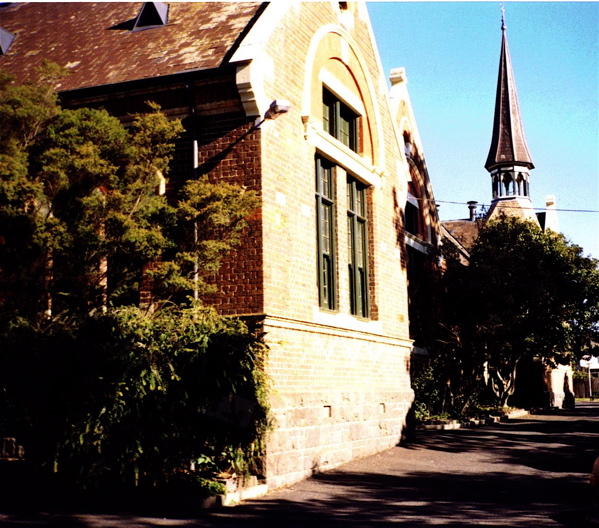 Amelia’s birth certificate (No 22227, Vic 1908) lists Charlie as a livery stables driver, of Laity Street Richmond, Melbourne. He is listed as a taxi driver on Alice’s marriage certificate, 21 August 1915. Family members recall Charlie as a taxi driver in the 1920s. Details of the family’s move to Hawthorn are from Sands and McDougall’s directory and also the Hawthorn City Council (now Boroondara) rate books. The names of the shopkeepers are from Sands and McDougall (Ernest Hill, the estate agent, being the author’s great grandfather). Amelia’s birth certificate (No 22227, Vic 1908) lists Charlie as a livery stables driver, of Laity Street Richmond, Melbourne. He is listed as a taxi driver on Alice’s marriage certificate, 21 August 1915. Family members recall Charlie as a taxi driver in the 1920s. Details of the family’s move to Hawthorn are from Sands and McDougall’s directory and also the Hawthorn City Council (now Boroondara) rate books. The names of the shopkeepers are from Sands and McDougall (Ernest Hill, the estate agent, being the author’s great grandfather).
The Rolls for Glenferrie School 1508 survive from July 1914. There are entries for James, Mary and Annie Martin of 43 Mary Street, their father described as a chauffeur or driver. I have found no evidence that he drove for a private household. The descriptions of school life are based on McWilliam’s monograph A School for Hawthorn.
The family memory is that Jim played the school drum and became a good shot. I have assumed he joined the compulsory cadets (see Dennis Oxford Companion to Australian Military History and also Barrett Falling In).
For literary purposes I have imagined that copies of The School Paper were found in Jim’s room, although the extracts given as Headmasters Hamilton and McLaren speeches and elsewhere are authentic.
Chapter 4. War
The story of Jim being a good eater is a family memory. The move to Mary Street and details of Forres are from the Hawthorn rate books.
Mary Pigot’s remarriage to Bill Musgrave and move to Maldon are from the marriage certificate and Sands and McDougall’s directory for country Victoria.
Details of Mr McLaren are from McWilliam. Again, for literary purposes, I have assumed Jim and Charlie went into Melbourne to see the march on 25 September.
My main sources for the War history are, generally, the Encyclopedia Britannica and, for Australia, Bean Anzac to Amiens and the Official History.
Chapter 5. Joining Up
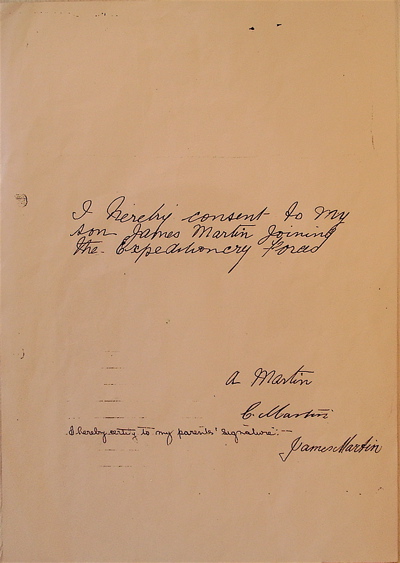 I have assumed Jim stayed with his Aunt Mary before joining up. It is important to account for the fact that he gave his occupation as ‘farm labourer’ on the enlistment form (as opposed to ‘labourer’ given by many other recruits). He was clearly close to his aunt, as he mentions her in several letters. I have assumed Jim stayed with his Aunt Mary before joining up. It is important to account for the fact that he gave his occupation as ‘farm labourer’ on the enlistment form (as opposed to ‘labourer’ given by many other recruits). He was clearly close to his aunt, as he mentions her in several letters.
Charlie’s rejection, Jim’s response ‘Never mind, Dad, I’ll go instead,’ and Amelia’s reactions were recalled by his sister Annie (Mrs Nan Johnson) in 1984 (see Appendix 2 in Soldier Boy).
Details of Amelia’s name as next-of-kin, the Oath, Jim’s physical condition and medical examination are all from his service papers. Scott notes the lowering standards for new recruits as the war progressed.
The weather for April and complaints of the lack of greatcoats and groundsheets are from the Argus, and The School Paper of October 1914 gives many details of military life at Broadmeadows Depot. The names of Jim’s fellow recruits are from the Embarkation Rolls and the AWM Nominal Roll.
See Instructions to Enlisting and Recruiting Officers (extract) and AWM notes on The Australian Army Uniform of 1914-18 for medical examination and clothing. Percy Chaplin’s details are from his marriage certificate and family recollections.
Chapter 6. Leaving
The description of the landing at Gallipoli is based on Bean, and the statement about the key ‘being turned in the lock of hell’ is from Gammage page 55. Reports of the landing and casualties are from the Herald, Melbourne, 29 April and 3 May 1915.
The 21st Battalion sailing is from Smith, and Jim’s movements are from his service papers and letters.
Chapter 7. The Berrima
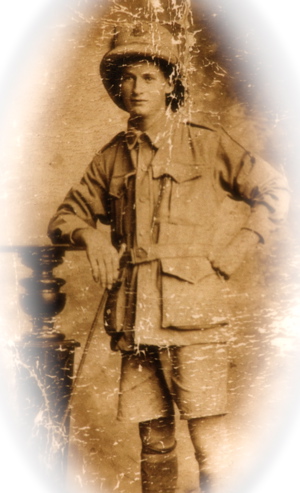 The detailed log of the Berrima from June 1915 does not survive. The ship routine is from the January 1915 log at the AWM. Details of shipboard life are based on the Currie letters and Ivor Williams’s diary. The detailed log of the Berrima from June 1915 does not survive. The ship routine is from the January 1915 log at the AWM. Details of shipboard life are based on the Currie letters and Ivor Williams’s diary.
Holbrook. See booklet Where the hell is Holbrook? and leaflets on Lieutenant Holbrook published by the town.
Cec Hogan’s details are from family recollections and also his sister, Stella Garvey, recording the connection with Ned Kelly’s family. The family still has Cec’s little book of Burns’s poetry – the lines quoted here are from Scots Wha Hae. Details of the fate of Jim’s fellow recruits are from the AWM Nominal Rolls and Smith.
Chapter 8. Egypt
I assume the 1st Reinforcements of the 21st Battalion went direct from Suez to Heliopolis. The 20th Battalion did, but the records are unclear about Jim’s group until they officially joined their unit on 17 August (service papers). Jim and Cec being in the same section is another assumption, but the fact that Cec engraved Jim’s name on the brass shell in 1919 and his letter to Mrs Martin (Chapter 14) attests to their closeness.
Williams gives many details in his diary of how the time in Egypt was spent by the 21st Battalion, and mentions the fortune teller in the pyramids. Gammage and Adam-Smith both detail the riots in the ‘Wasser’. Captain Wellington’s report tells us what cakewalk tune the band was playing when the 21st Battalion heard they were going to Gallipoli.
Chapter 9. The Southland
Williams talks about the mail and the extra days waiting before they left Heliopolis. The musically-inclined Wellington mentions the ‘Liberty Bell’ march. The description of the Southland’s voyage is based on Smith and also Williams, whose papers include the printed 21st Battalion song. The torpedo attack is based on Wellington, Bean Official History volume II, Smith, Barnes, Maxfield and Williams.
Jim Martin’s experience after the torpedo is wholly imagined. His letter about the Southland would appear to be lost. We have only the statements (Chapter 14) that he spent some time in the water and some time in a lifeboat. Cec Hogan was certainly rescued by a French torpedo boat, and his family still has the matelot’s cap band. I have combined all these elements in this version.
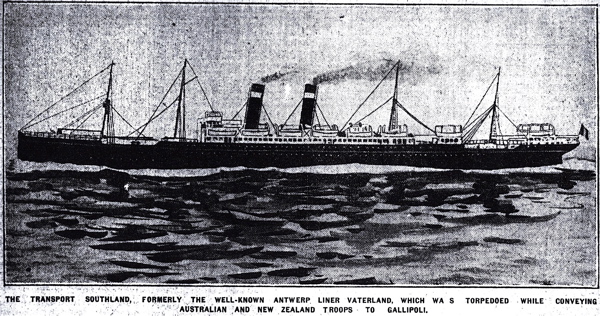
Chapter 10. Mudros Bay
The details of Captain Kelk, the engineer and the volunteers have been drawn from Wellington, Smith and Bean. Williams tells us about the good food on the Neuralia, the crashing lifeboat, and the lousy food on the Transylvania,
The story of the paymaster’s gold is related by Wellington. Smith reprints General Birdwood’s Special order of the Day.
Chapter 11. Gallipoli
The account of the 21st Battalion arrival at Gallipoli is based largely on Bill Hine in Smith and the 21st Battalon war diary at the AWM. The description of the diggers, the flies and the periscope rifle is taken from Butler, Bean and photographs – one picture being worth a thousand words. Ivor Williams speaks often of the beautiful sunsets over Imbros.
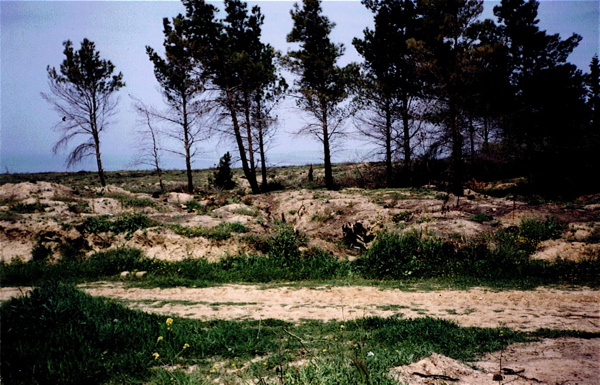
Trench lines at Lone Pine exposed after fires, 1995
Chapter 12. Line of Fire
The general routine of trench life at Gallipoli is based on the Maxfield letters, and also on Robertson, who gives good accounts of social and sanitary conditions at Anzac. The 21st Battalion daily activities are drawn from the war diary, which recounts the bullet hitting a swivel and being deflected through the rifleman’s eye.
Maxfield writes of the fellow-feelings towards the Turks, the gift of the cigarette papers, the tapping sounds of the sappers, and the skills necessary to bathe and cook with two cups of water. The two-up game is to some extent imagined, although Robertson has a photograph showing how just such an incident occurred. The Battalion war diary records the growing incidence of disease, and Cec Hogan’s service papers detail his illnesses.
Chapter 13. Death
The storm and the lovely sunrise are mentioned by Williams.
The symptoms of typhoid are based on various medical dictionaries and discussions with Dr Cowan. The October demonstrations against the enemy are shown in the Battalion war diary. The account of Jim’s sickness and death has been based on the letters from Cec Hogan and Matron Reddock.
Chapter 14. Afterwards
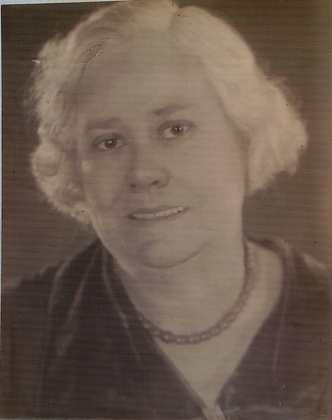 Cec Hogan’s transport to Egypt on the Glenart Castle is from his service papers. The description of the evacuation from Anzac in December is drawn from Bean. Details of the 21st Battalion's remaining war service will be found in Smith and MacNeil. Cec Hogan’s transport to Egypt on the Glenart Castle is from his service papers. The description of the evacuation from Anzac in December is drawn from Bean. Details of the 21st Battalion's remaining war service will be found in Smith and MacNeil.
The estimates of the overall casualties from the Great War are from the Encyclopedia Britannica. The torpedo attack and casualties on the Glenart Castle are from the Times, 27 February 1918.
Matron Reddock’s subsequent history is from her service file WO 399 6903 at the PRO London. Cec Hogan’s story is based on his service papers and discussions with his family, who still possess the engraved shell case.
The details of the Martin family are from entries in the Family Bible, birth, marriage and death certificates, family members, and entries in both the Hawthorn rate books and Sands and McDougall’s directory.
The death of James Martin Chaplin by a self-inflicted bullet wound of the chest, is recorded in the Proceedings of Inquest at the Melbourne Morgue, 11 September 1934, No 1071.
The Governor-General, Sir William Deane, mentioned James Martin in his speech at Lone Pine, 25 April 1999 – the eighty-fourth anniversary of the Gallipoli Landing.
Photo credits:
Australian National Memorial at Lone Pine, Gallipoli, 1995: author photo.
Jim Martin's enlistment form: service papers, National Archives of Australia.
Manningtree Road school, Glenferrie: author photo.
Amelia Martin's letter giving consent: service papers, National Archives of Australia.
Cec Hogan, Egypt 1915: photo courtesy his son, Cec Hogan.
The Southland: drawing from the Melbourne Herald 1915. Martin family records.
Trench lines at Lone Pine, 1995: author photo.
Amelia Martin, Jim's mother, c.1930s: courtesy Martin family.
|